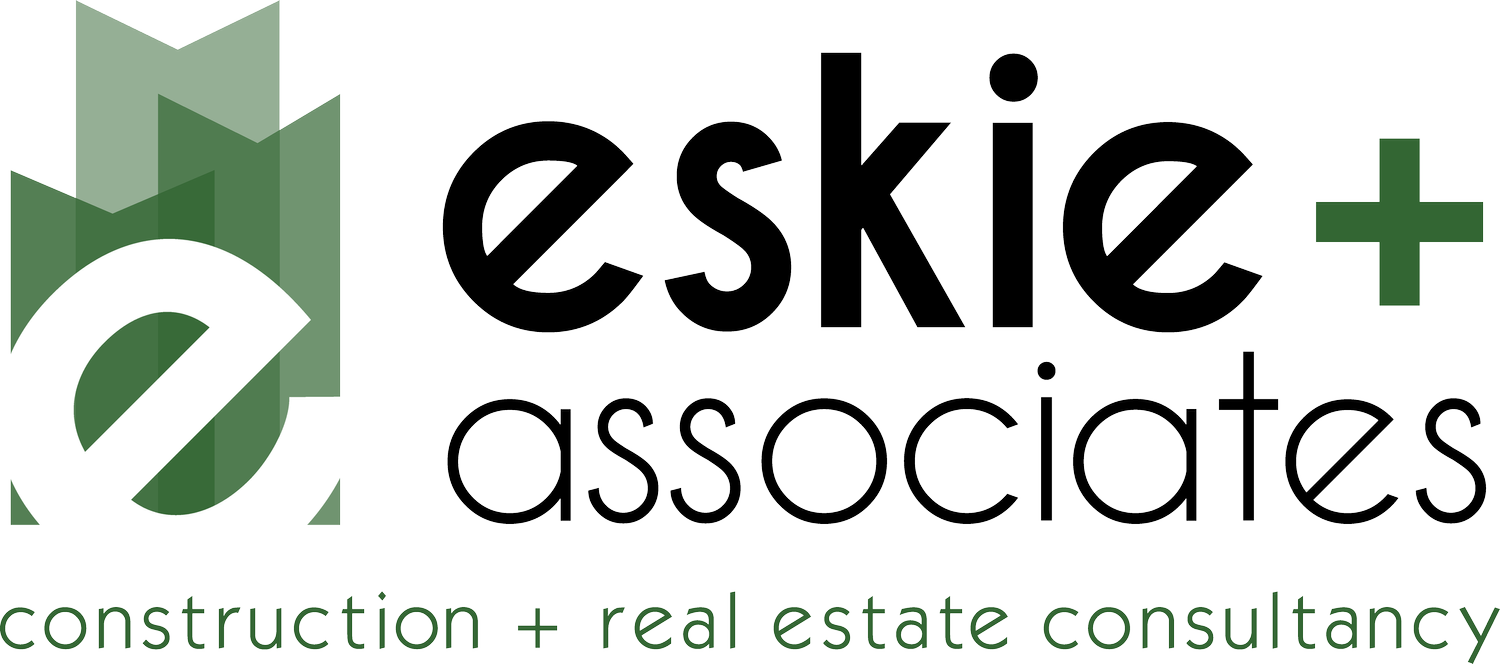Phase 4: Navigating Construction
In our latest blog we discussed the importance of the design phase in managing overall project risk. If that is done effectively, you can move into construction with confidence. However, don’t assume that your work as an owner is done with the start of construction. You will still be presented with many decisions and conflicts to resolve throughout this process.
We will break down the 4 major components that owners need to manage during the construction phase:
Contract Administration
Schedule
Change Management
Quality + Safety.
1. Contract Administration
This refers to the enforcement of the terms and conditions of contracts that guide performance of vendors throughout construction. In our blog on Due Diligence, we discussed the importance of setting up solid contract terms with vendors. The construction phase is where you will see these terms play out. It is important to know what is in the contract and be able to interpret how those terms impact each vendor's performance. Contract administration holds vendors accountable by communicating effectively and referring to actual contract terms. It is important to remember that design documents are also part of the contract.
Thorough Planning + Complete Drawings = Less Conflict
2. Schedule
The schedule is another part of the project contract. Not to be a broken record, but PLANNING IS EVERYTHING! It is important to have a clear understanding of the schedule you agree to before construction starts. Once construction begins, it is important to understand delivery dates. Especially in today’s environment of manufacturer delays, it may be impossible to accelerate once a timeline for material procurement is established. In fact, to reduce risk you may need to order many materials early just to meet the schedule. Order early and verify often.
The most important phrase in schedule management is "substantial completion". This is typically the date outlined in your contracts, but what does it mean?
Industry Term : "Substantial Completion" : The date the building can technically start being used for its intended purpose.Substantial completion does not account for owner activities after construction is complete (such as FF+E) and does not necessarily refer to the "official" move-in date. We will discuss this in more detail in our next blog on Owner Occupancy.
3. Change Management
This topic probably deserves its own separate blog. Change management is the management of change orders and unforeseen conditions. Changes are where most projects take a turn for the worse. Even with the best pre-construction planning, if changes are not efficiently managed it will lead to conflicts, errors and delays. The foundation of change management is communication. If you, as an owner, are considering a change, to whom, how and when you communicate is important. Knowing the status of construction progress is vital to understanding the impact of potential changes. For example, with the arrival of BIM (building information modeling) even a minor change in outlet location could have costs, for many items are already designed and pre-fabricated offsite months before installation.
4. Quality + Safety
Construction quality + safety should be top of mind for owners on any project, small or large. While the primary responsibility lies with the contractor, owners must be aware of the processes put in place. Quality begins back in the design phase by establishing applicable specifications that align with owner expectations. When the standards of quality are set through specifications, it comes down to enforcing those standards with the contractors.
While most contractors have safety programs in place, enforcement on job sites can vary. Owners are not always exempt from OSHA violation fines. Owners must also understand insurance coverage and requirements to protect themselves against claims or damages caused by safety failures. Just like construction scope gaps, you can have insurance coverage gaps.
It's almost move-in time!
Owners must stay engaged during the construction phase to maintain project team communication and ensure goals are being met. Knowledge of contracts, schedule, changes, and quality + safety are all crucial to efficient construction phase management. All of these factors will directly impact the results of your project and lead into the efficient coordination of owner occupancy.

